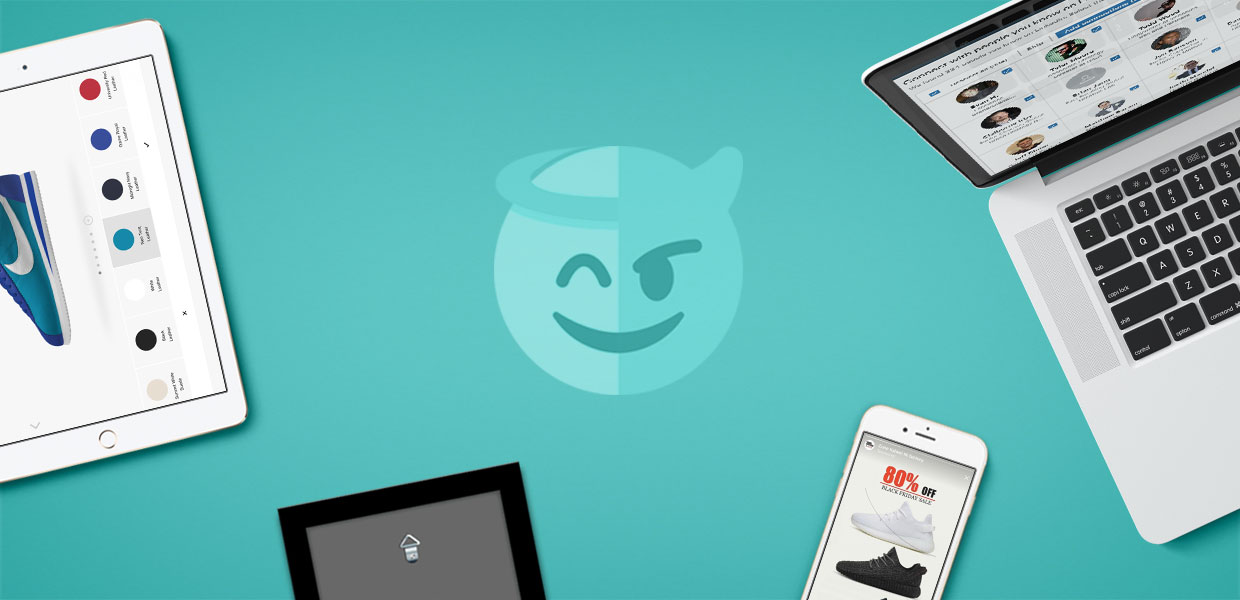- This topic is empty.
-
Topic
-
“Evil design” typically refers to the intentional or malicious use of design principles to deceive, manipulate, or harm users. It is often associated with unethical practices in the field of design, where designers prioritize their own interests or the interests of a particular party over the well-being of users. Evil design may involve exploiting psychological vulnerabilities, employing dark patterns, or intentionally creating confusing interfaces to trick users into taking actions they didn’t intend.
Examples of evil design:
- Dark Patterns:
- Misdirection: Using visual elements, wording, or layout to mislead users or steer them towards unintended actions. For example, making the “Agree” button more prominent than the “Cancel” button.
- Forced Continuity: Tricking users into subscribing to a service or product by making it challenging to cancel or opt-out once they’ve started.
- Deceptive Advertising:
- False Claims: Presenting products or services in a way that exaggerates or makes false claims about their capabilities or benefits.
- Bait-and-Switch: Attracting users with an appealing offer and then substituting it with something less desirable.
- Addictive Design:
- Variable Rewards: Implementing unpredictable and varied rewards to trigger repeated and compulsive use, similar to how gambling machines operate.
- Infinite Scroll: Encouraging continuous scrolling, providing an almost endless stream of content to keep users engaged for longer periods.
- Privacy Violations:
- Hidden Data Collection: Gathering user data without their explicit knowledge or consent, especially when it involves sensitive information.
- Opaque Permissions: Requesting unnecessary permissions and not clearly explaining how collected data will be used.
- Manipulative User Interfaces:
- Disguised Opt-ins: Presenting subscription options or additional services in a way that makes it easy for users to unintentionally sign up.
- Hidden Costs: Concealing fees or additional charges until a later stage of the user journey.
The line between what is considered “evil design” and what is simply a persuasive or effective design can sometimes be subjective. Ethical designers prioritize creating positive user experiences, transparency, and respecting user choices. In some cases, businesses might prioritize short-term gains over long-term user satisfaction, leading to the implementation of design practices that could be deemed unethical or harmful.

- Dark Patterns:
- You must be logged in to reply to this topic.
